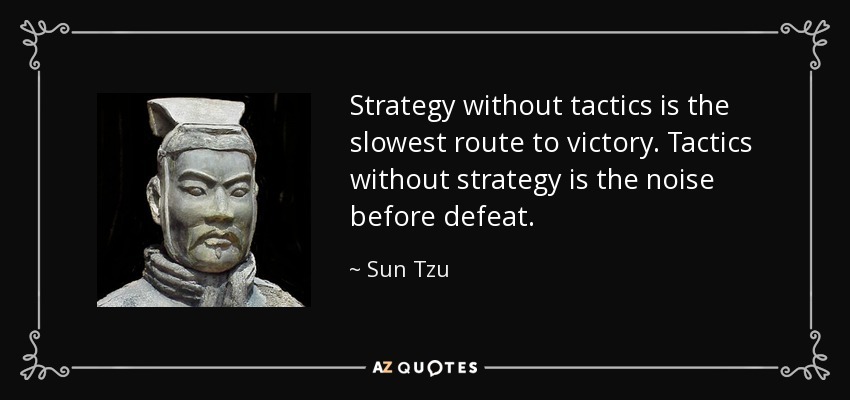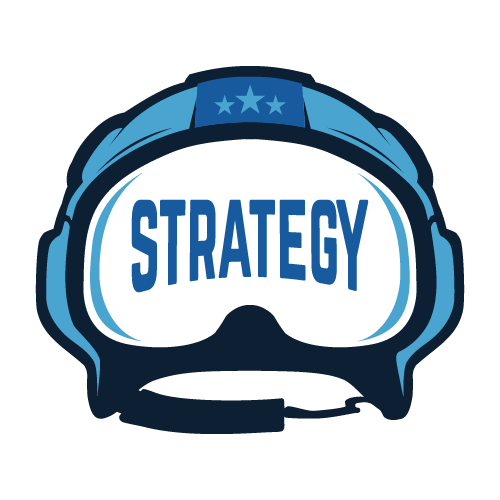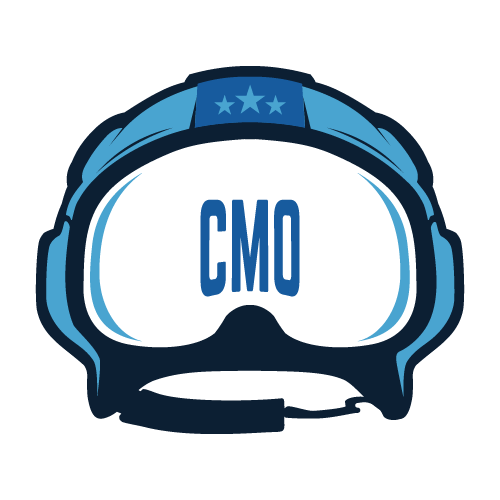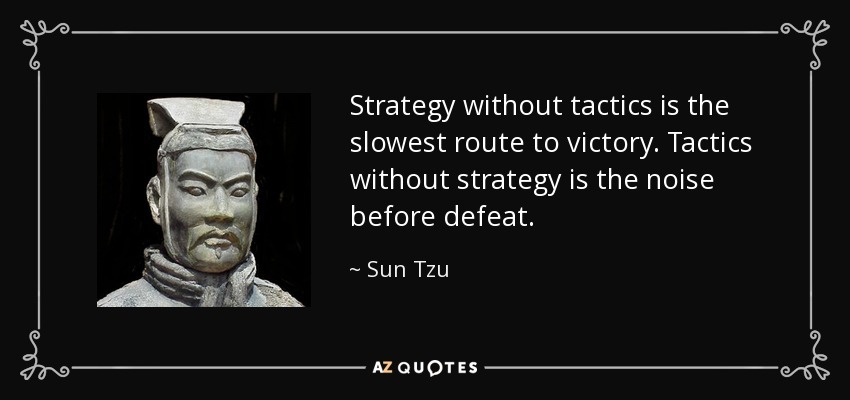You’re posting on social media; you have blog posts but you’re not seeing any results. What’s the deal? The problem isn’t what you’re doing, it’s why you’re doing it. Marketing Plan vs Marketing Strategy. If your marketing plan efforts are not backed up by a marketing strategy, then that’s probably why you’re not seeing results. Before posting content, you should always start with your marketing strategy and then use it to support your marketing plan and efforts.
What is the difference?
Marketing Plan vs Marketing Strategy. While often used interchangeably, the two phrases mean two vastly different things. The difference can be summarized as such: your marketing strategy is your approach to achieving your competitive advantage; while your marketing plan holds the activities that will help get you there.
Marketing Strategy
As a part of your overall business strategy, your marketing strategy declares your purpose. What solution do you provide to what problem, for whom, and how will you deliver this solution? To have long-term marketing success, you need to have a clearly defined marketing strategy if you hope to keep business growth. Once you have your strategy, only then will you be able to develop an effective marketing plan.

Marketing Plan
Driven by your strategy, your marketing plan is the execution; the roadmap of tactical marketing efforts that help you achieve your marketing goals. Your plan is your detailed campaign of what you will do, where you will do it, when you will implement it, and how you will track success. The main difference is that your strategy is the “why” behind your efforts, while your plan is how you’re going to execute your strategy.
What’s included in your marketing strategy?
Executive Summary
The outline of your marketing strategy. This is your marketing strategy from an elevated level. Consider it the table of contents before you jump into the entire strategy.
Background
The background describes your business goals, marketing goals, and challenges. The background can also include your earlier marketing activities and initiatives.
Market Analysis
Your market analysis describes the opportunity, market sizing, market segments, and impacts that could affect your market (trends, economics, seasons).
Target Audience
The detailed version of your market segments and their characteristics (from their demographics to psychographics, goals, pains, buying patterns, and positioning of benefits and unique selling proposition). In this section, you will also want to include examples of segments you are not targeting and how your offering is better than competitors.
Competitive Analysis
The various categories of competitors and their characteristics including threats, market share comparison, differentiation, barriers to entry, and so on. An overall look at what your competitors are doing digitally and how their activities seem to be performing from a keyword, paid advertising, and social perspective.
Offering
This includes what you deliver or offer to the market, what the need is, the feature and benefits for each segment, and how you intend on delivering those features or benefits.
Message
Uncover what the audience knows or believes about your company today. Decide the most important message to all segments and supply evidence supporting that claim. This is a fantastic opportunity to supply information from happy clients – what do they say that supports your message? Why are they happy?
Selling
Write down the channels you sell through, and who engages in selling through each step of the sales process. This is a good place to document whether this is an impulse or planned purchase. Additionally, describe the steps they take through each stage of the buying process and understand their buying criteria, this informs the content you can create and use in your marketing materials.
Pricing
Every customer has unique needs. The price may or may not be an important criterion in the process. Is this true for your segment? What is your pricing model? Is it tiered? Are there discounts? Make sure to include competitive pricing, the perceived value of your product or service compared to the price, services that you include in the price, and how the consumer trends could drive the price up or down.
Communications and promotion
What is the communication pattern with customers? Can we add any marketing activities from that? What other materials could help them? How else would they like to hear about us and our services? What key channels are useful and relevant? What are the most effective channels?
If you have your marketing strategy, are you executing your plan to meet those goals? If not, this may be the reason you’re not seeing results.
What’s included in your marketing plan?
Your Marketing Plan vs Marketing Strategy gets referenced more often. You should refer back to it as you implement or execute your plan and when monitoring your findings.
Executive Summary
Provide a brief overview of the marketing plan. A high-level overview of your goals and how you intend on achieving them.
Target Market
Provide an overview of your target market, their pains, goals, buying patterns, and messaging. In other words, who is your ideal buyer persona, what challenges are they facing, how do they connect with your business, and how can you create language that speaks directly to them?
KPIs
Your Key Performance Indicators measure the success of your marketing campaign. Here are some examples of KPIs for your marketing campaign:
- Sales Revenue
- Cost Per Lead
- Client Value
- Inbound Marketing ROI
- Website Traffic-to-Lead Ratio
- Lead-to-Client Ratio
- Landing Page Conversion Rates
- Organic Traffic
Situation Analysis
Describe your goals, strengths, weaknesses, environmental factors, and market analysis to clearly articulate your challenges and impacts on your business moving forward.
The 4 Ps of Marketing
Product, Price, Place, Promotion. Wingman likes to bring attention to process and people as 2 “extra” P’s.
- Product What you are offering in the marketplace and how it is different than competitors.
- Price How is your pricing model different? What is the dollar amount and structure? Why will customers choose your product or service over others?
- Place Today’s digital environment demands a shift toward online sales. Is online the first place that your buyers will see your product? What other avenues will you sell your product?
- Promotion Where will you be promoting your product? Through online advertising? Email marketing? Blogging? Ensure that each avenue selected will profoundly affect your revenue.
- People Every interaction with your team online or in person can have a profound impact on success in immediate and future transactions.
- Process How easily and quickly and effectively you can fulfil on delivery of communications, product, follow-up, customer service, etc., can differentiate you from your competitors.
Marketing Plan
From your website to social media, to content, and the channels you will engage with potential clients, your marketing plan is a critical part to achieving your business goals and producing results for your company. There are many best practices when it comes to creating a successful marketing plan, but they should all include the following:
Web and Branding
Does your website messaging resonate with your personas? Is it set up to generate leads for your business? Even if a potential buyer isn’t ready to purchase your service or product today, doesn’t mean they won’t later. Establish yourself as a thought leader, supplying helpful content on your website to bring leads in until they are ready to buy from you.
Content Strategy Plan
What content already exists? Does it make sense for your marketing campaign? Do you need to update the messaging, so it captivates and engages your audience? (If you need to review content marketing basics, check out this blog.)
Channels
What channels will you use to reach your audience? Where are they most active? Ask your personas which channels they are on.
Social Media Plan
How are you using social media? Are you engaging with thought leaders? Replying promptly to happy clients? What is your posting frequency? What KPIs are you tracking to measure success?
Timeline
Ensure that you have a timeline for your campaign. Over time this will help you measure the overall success and effectiveness of your marketing efforts.
Resources/Budget
What is the amount you will distribute to advertising, digital, website, event marketing, and so on?
Responsibilities
Name who oversees each part of the implementation. Is one person creating all the designs? Do you have a content writer that manages blogging, social media posting, etc.?
In Summary

Your marketing plan acts as your roadmap, clearly showing the plan of action for your marketing efforts. Your marketing strategy, on the other hand, describes the overarching reason for how your marketing efforts will help you achieve your goals. Remember, to be successful and generate results, you must ensure that your team is executing a plan that backs up your strategy. That in essence is the key difference between your Marketing Plan vs Marketing Strategy
Understanding the current state of your digital presence can show what you really need from a digital marketing strategy. Our free marketing assessment allows you to have a real conversation with our experts and will show you how you’re ranking against your competitors, opportunities for improvement, and more. Book a Wingman today to discuss how we can help.
You don’t have to fly solo!!










